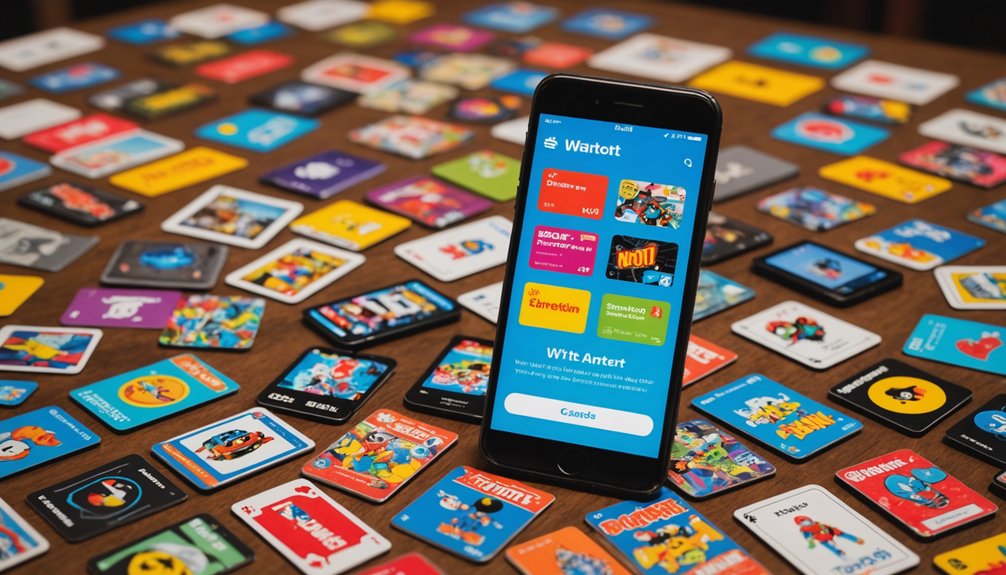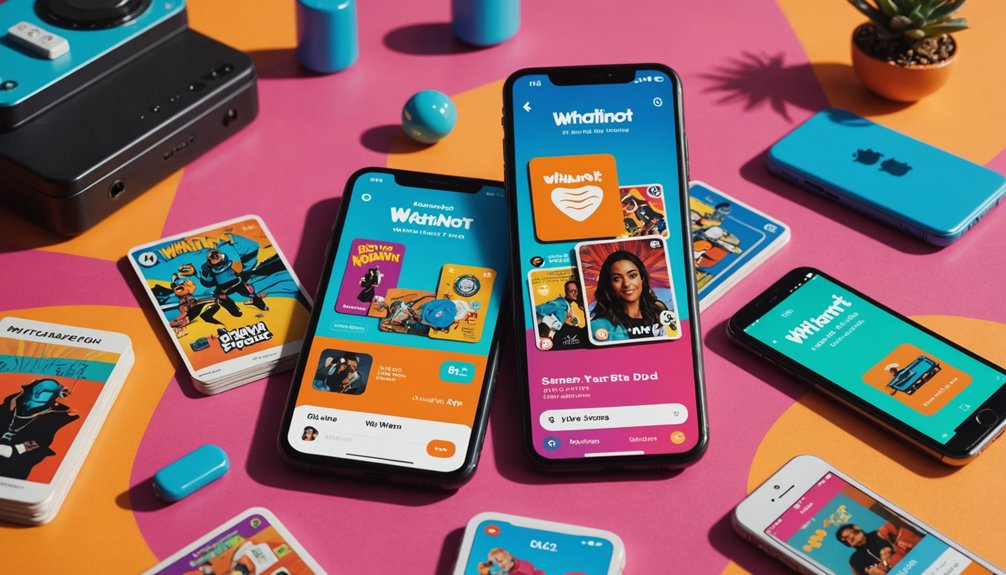Launched in 2019, Whatnot has exploded into a live shopping phenomenon. The app hosts real-time auctions across 250+ categories, from Pokémon cards to designer fashion. Sellers showcase products while buyers place bids, creating an oddly addictive blend of entertainment and capitalism. With three billion in merchandise value for 2024 and expansion into Europe and Australia, Whatnot isn't just shopping—it's a social event. The future looks bright for this digital auction house… as long as collecting remains a thing.

Thousands of collectors and shopping enthusiasts have found their digital haven in Whatnot since its December 2019 launch. The platform has transformed how people buy and sell collectibles online. No more boring eBay listings. Instead, live auctions create real-time excitement as buyers battle for treasures across 250+ categories. Electronics, fashion, sports cards—you name it, they've got it.
Three billion dollars. That's the gross merchandise value Whatnot achieved in 2024. Not too shabby for a five-year-old company. They've conquered North America, pushed into Europe, and now they're eyeing Australia. World domination through collectibles? Seems like the plan.
The app's secret sauce is its live-streaming format. Sellers showcase their wares in real-time while buyers place custom bids, creating an addictive shopping experience that's part entertainment, part capitalism. Like deep tech innovations, the platform continues to push technological boundaries in e-commerce. Similar to Flip's social commerce model, the platform blends entertainment with shopping to keep users engaged. Gotta love it. Payment options are plentiful—credit cards, bank accounts, PayPal. Whatever works for your wallet.
Whatnot turns shopping into entertainment—a digital adrenaline rush where your wallet meets your passion in real-time.
For sellers, Whatnot is practically a business in a box. Automated invoicing, analytics tools, early payouts for the privileged few. Winning a giveaway on the platform often rewards buyers with discounted shipping costs. The platform handles the boring stuff so sellers can focus on what matters: moving merchandise and making money.
Trust matters in online shopping. That's why Whatnot partners with authentication services like Professional Sports Authenticator. Their fraud prevention team hunts down scammers. Nobody likes a faker.
It's not all sunshine and rainbows, though. Sellers grumble about high shipping costs and fees eating into profits. The app has consistently maintained a 4.8 rating from over 327,000 users despite these complaints. Tough luck. That's the price of doing business in the digital age.
Whatnot has created an ecosystem where sellers and buyers form communities around shared interests. Live streams become hangouts where collectors connect, compete, and occasionally overspend in the heat of auction fever. Happens to the best of us.
The future looks bright for this digital marketplace. As long as people collect things—and they always will—Whatnot has a place in the e-commerce landscape. Simple as that.
Frequently Asked Questions
How Does Whatnot Verify the Authenticity of Collectibles?
Whatnot partners with PSA—the largest trading card authenticator—for verification and grading. Cards get authenticated, graded, and encapsulated before shipping to buyers. Pretty seamless.
They also use other third-party authenticators for different collectibles. The platform provides QR codes for digital verification and maintains strict seller vetting processes. It's serious business.
Their Buyer Guarantee adds another layer of protection if something goes wrong. Trust matters in collectibles.
What Are Whatnot's Seller Fees and Payment Structures?
Whatnot's fee structure is pretty straightforward. Most items get hit with an 8% commission, while coins only take a 4% hit.
Electronics? Just 5% until October 2024. There's also a 2.9% payment processing fee plus a flat $0.30 per transaction.
Big-ticket items over $1,500 catch a break with reduced rates on the portion exceeding that threshold.
European sellers pay less commission (6.67%) but face additional VAT.
Can International Users Sell Items on Whatnot?
International sellers can only join Whatnot from specific countries: US, Austria, Australia, Belgium, Canada, France, Germany, Netherlands, and UK (excluding Jersey, Guernsey, and Isle of Man).
Cuba, Iran, North Korea, Syria, and certain Ukrainian regions? Completely banned.
Sellers need a bank account matching their registration country and currency.
Want to sell from multiple countries? You'll need separate accounts. No shortcuts here.
Shipping must comply with all applicable laws.
How Does Whatnot Handle Shipping Disputes Between Buyers and Sellers?
Whatnot has a structured system for shipping disputes. Buyers report issues—damaged items, wrong products, missing packages—through the app.
Sellers get 48 hours to respond. No response? Buyers escalate to Whatnot Support. The company investigates with required documentation like photos or tracking numbers.
Returns must happen within 5 business days. Refunds typically process in 3-5 days after validation.
USPS shipping claims? They're handled automatically for damaged goods.
What Security Measures Protect Users From Scams on Whatnot?
Whatnot doesn't mess around with security.
They've got a dedicated Trust & Safety team hunting scams 24/7. All sensitive data? Encrypted. Payments go through secure checkout—never directly to sellers.
Two-factor authentication adds extra protection. Sellers get verified before listing anything. Suspicious activity? Report it immediately.
They even educate users about spotting scams. And if someone breaks the rules? Warnings, suspensions, or straight-up bans. No second chances for endangering minors.




